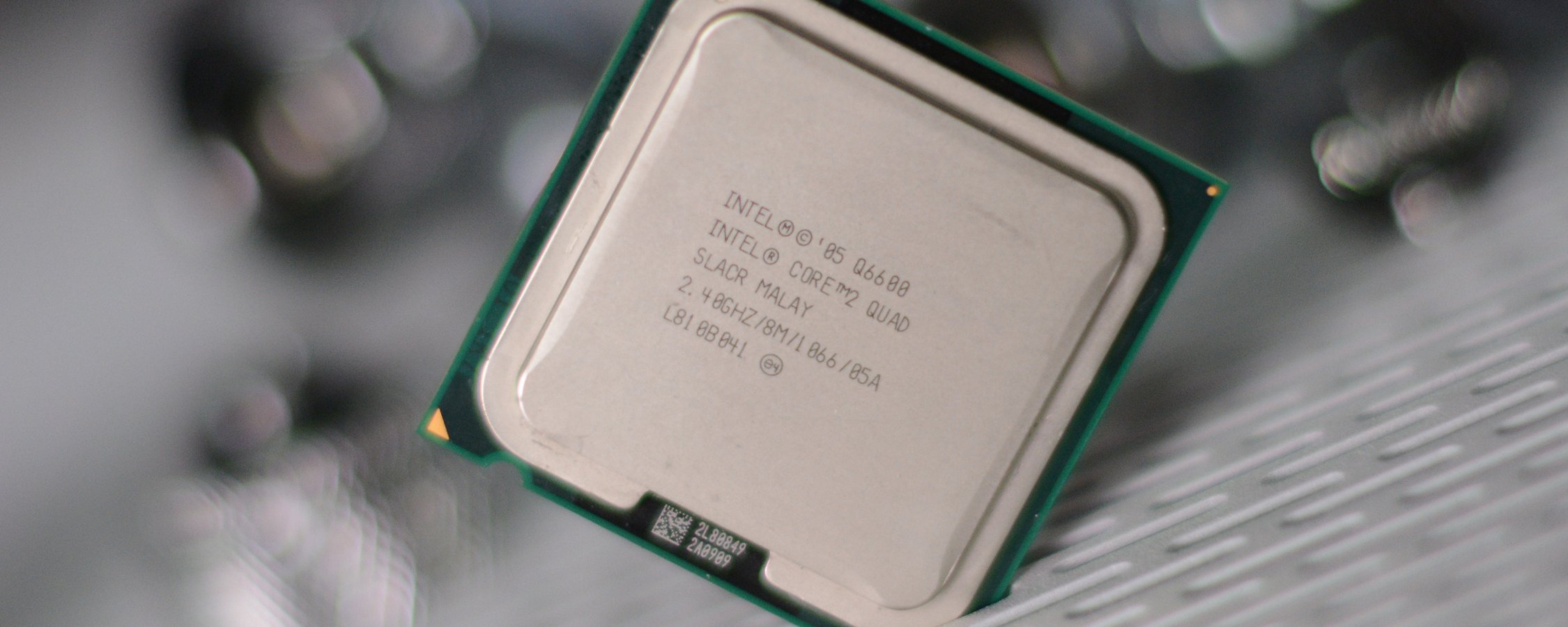Hot on the heels of the Core 2 Duo launch, Intel came out and released the world's first quad-core desktop processor last November. Given how powerful the Core 2 Duo had proven to be, we wondered how much of a performance gain this new quad-core version could offer.
As we discovered back then, given the right conditions the quad-core version can outperform the Core 2 Duo with ease. While current software is still trying to catch up with dual-core technology, we did find a number of powerful applications that in fact saw some benefit from having four dedicated cores at their disposal. The idea of having more than one core per processor is basically to allow individual cores to perform separate tasks, allowing more to happen at once under the same roof.
An example based on a gaming environment would be: while one core is taking care of graphics, another can handle physics calculations, and another looks after artificial intelligence, and so on. Rather than having a single core that tries to juggle all these strenuous tasks, multiple cores can work together, executing work simultaneously. But then of course software has to be written with multi-core processing in mind first.
According to our previous tests, there are currently no games that take advantage of the additional two cores; however software such as Photoshop, Pinnacle Studio Plus, QuickTime and 3D Studio Max all greatly benefited from the power of four dedicated cores. For example, the QX6700 was 15% faster than the Core 2 Duo E6700 in Photoshop, and gains as big as 43% were seen in Pinnacle Studio Plus. The biggest performance gap was found in 3D Studio Max where the QX6700 was 89% faster than the E6700.
Keeping in mind just how powerful the dual-core E6700 processor is, we were amazed with the gains the quad-core QX6700 offered in these applications. This kind of performance advantage would have been unbelievable just 6 months ago, with the latest and greatest processors at the time being many times slower than this. More often than not you will find us raving about a new product that surpasses its predecessor's performance output by 25%. Yet we found the new quad-core processors to be roughly three times faster than the Pentium D 960 which was released in May 2006.
Even though there will be those out there that will want the power of the QX6700 for image and video editing, the processor's steep price ($1000) might set high barriers for getting one. Today Intel is releasing a second quad core processor called the Core 2 Quad Q6600. This new entry that comes clocked at 2.40GHz does not belong to the Extreme family of processors and will begin life at $851, making it a slightly more affordable alternative than the QX6700.
Update (01/08): Intel has now confirmed that initial pricing for the Core 2 Quad Q6600 will be $851 in 1,000 quantities. This means they will be keeping their original pricing strategy that sets the Q6600 just below the QX6800, making for a less impressive introduction. According to this plan Intel will be reducing the Q6600 price later this year to $530 (in the coming 3-4 months), when it will probably give more life to it as a more affordable quad-core solution.
